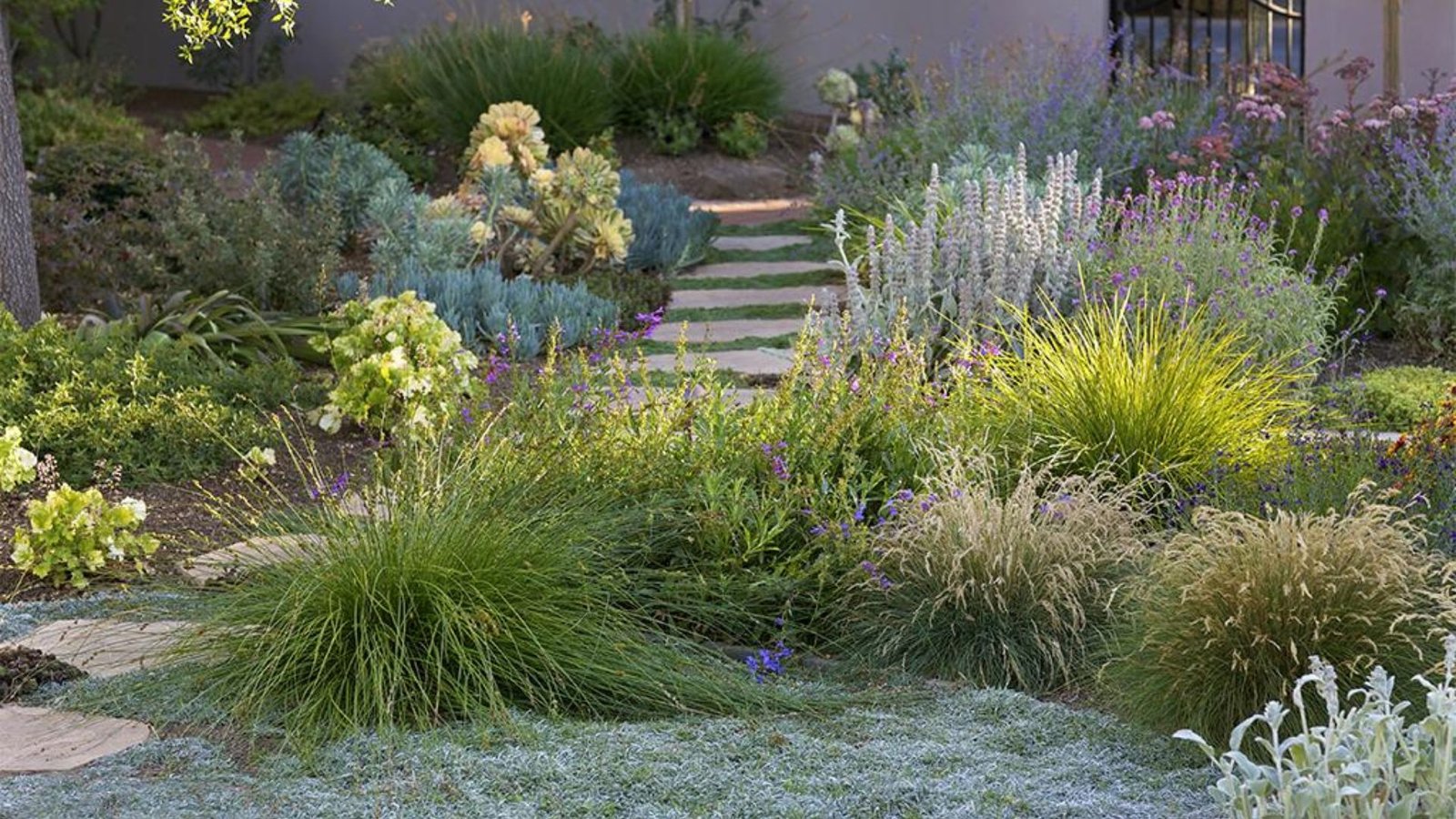Creating a drought-resistant garden is a smart and sustainable way to maintain a beautiful outdoor space while conserving water. Whether you live in an arid climate or want to prepare for occasional dry spells, a drought-resistant garden ensures your plants thrive with minimal water. Let’s explore how to design and maintain a garden that flourishes despite the lack of rainfall.
Choose the Right Plants
The foundation of a drought-resistant garden lies in selecting the right plants. Opt for native species and drought-tolerant plants that naturally thrive in dry conditions. Succulents, cacti, lavender, and rosemary are excellent choices. These plants have adapted to survive with less water, making them perfect candidates for your garden. When you choose plants that are already suited to your local climate, you’ll set yourself up for success.

Improve Soil Quality
Healthy soil is crucial for a drought-resistant garden. Start by adding organic matter, such as compost, to your soil. This improves its structure, enhances water retention, and provides essential nutrients to your plants. Mulching is another key practice. Apply a layer of organic mulch, like wood chips or straw, around your plants. Mulch helps retain soil moisture, reduces evaporation, and keeps the soil cool, creating an optimal environment for your drought-tolerant plants.
Efficient Watering Techniques
Watering efficiently is vital for a drought-resistant garden. Instead of frequent shallow watering, practice deep watering. This encourages plants to develop deep root systems, making them more resilient during dry periods. Water early in the morning or late in the evening to minimize evaporation. Drip irrigation systems or soaker hoses are excellent tools for delivering water directly to the roots, reducing waste and ensuring your plants receive the moisture they need.
Group Plants by Water Needs
Design your garden by grouping plants with similar water needs together. This technique, known as hydrozoning, allows you to water each zone appropriately without overwatering or underwatering any area. For instance, place drought-tolerant plants in one section and thirstier plants in another. This way, you can tailor your watering schedule to meet the specific needs of each group, promoting overall garden health and water efficiency.
Minimize Lawn Areas
Lawns are notorious for requiring substantial water to stay green. In a drought-resistant garden, consider reducing the size of your lawn or replacing it altogether. Instead, opt for ground covers, gravel, or native grasses that require less water. These alternatives not only conserve water but also add texture and variety to your garden, creating a visually appealing landscape with minimal maintenance.
Utilize Shade and Windbreaks
Creating shaded areas in your garden can significantly reduce water evaporation. Plant trees or install pergolas and trellises to provide shade for your plants. Additionally, windbreaks, such as hedges or fences, can protect your garden from drying winds, further conserving soil moisture. By strategically placing these elements, you’ll create a microclimate that supports your drought-resistant plants.
Regular Maintenance
Maintaining a drought-resistant garden involves regular care and attention. Remove weeds promptly, as they compete with your plants for water and nutrients. Prune your plants to remove dead or diseased parts, encouraging healthy growth and reducing water needs. Keep an eye on your irrigation system to ensure it operates efficiently, and adjust it as needed based on weather conditions and plant requirements.
Conclusion
In conclusion, creating a drought-resistant garden is not only beneficial for conserving water but also for promoting a sustainable and resilient landscape. By choosing the right plants, improving soil quality, practicing efficient watering techniques, and strategically designing your garden, you can enjoy a lush and vibrant outdoor space even during dry spells. Embrace these principles, and you’ll not only save water but also create a garden that thrives in harmony with its environment. So, get started on your drought-resistant garden today, and watch your plants flourish with minimal water and effort!











